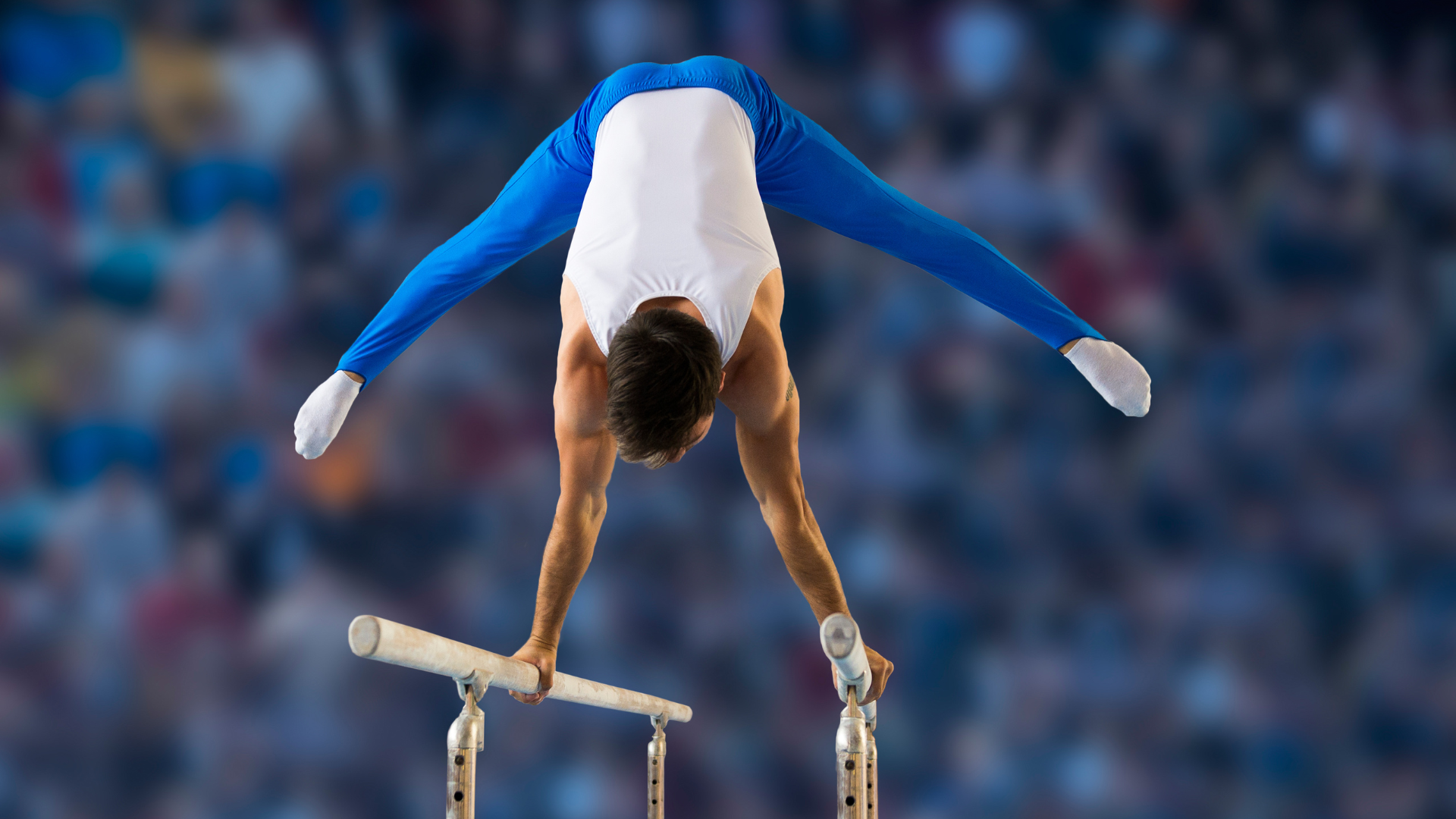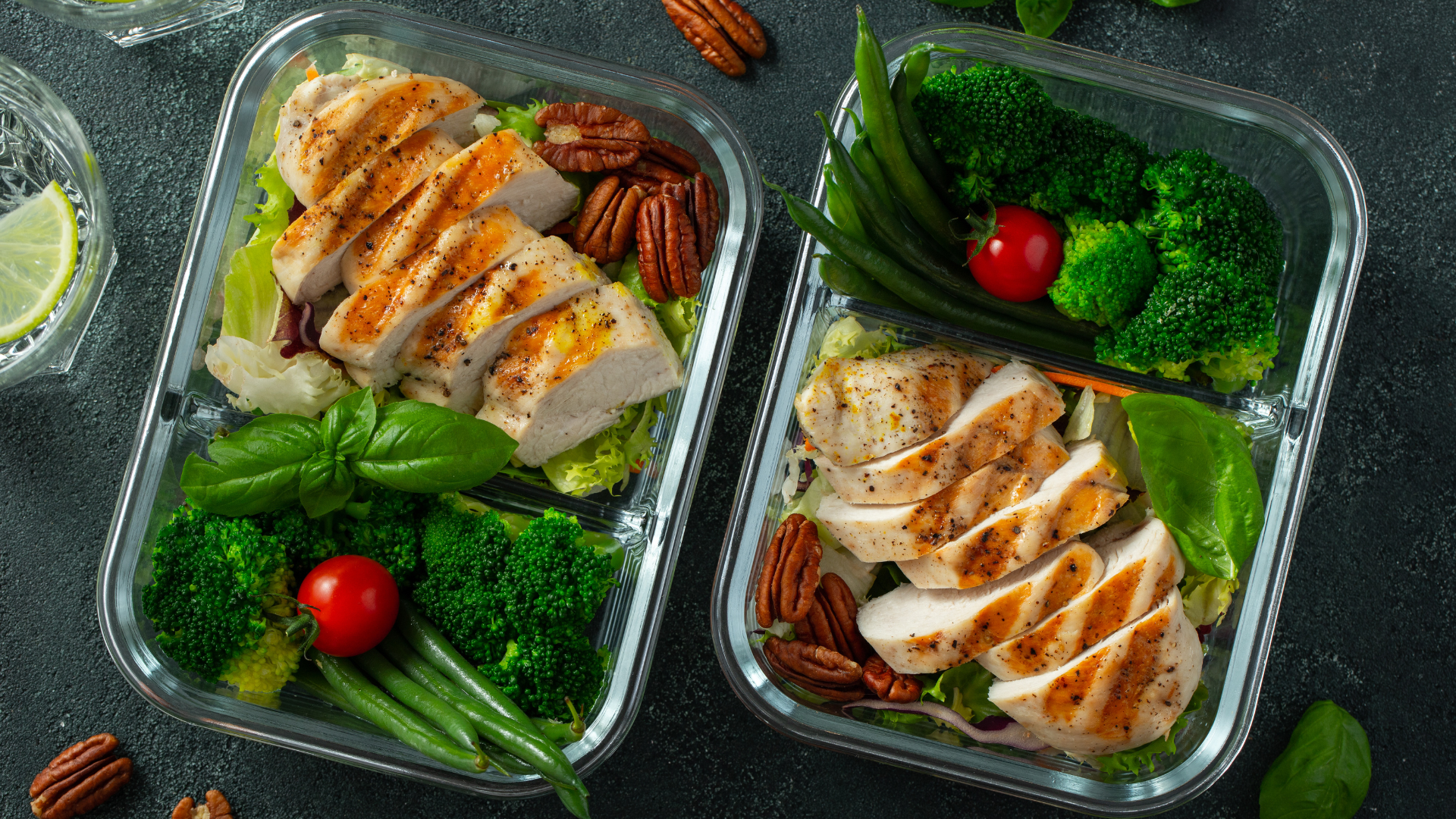Imagine waking up one day and effortlessly sliding into a full front split, or flowing through a deep pancake stretch with ease. Picture your body moving freely, every joint flexible and strong, allowing you to perform advanced bodyweight movements that once seemed impossible. This is the journey of flexibility — a path that transforms not only your range of motion but also your strength, balance, and overall body control. Whether your goal is to master handstands, improve your calisthenics skills, or just move better in everyday life, understanding the core components of flexibility is crucial.
Flexibility training can feel overwhelming with countless stretches and routines floating around. However, focusing on the right foundational movements can unlock your potential and save you time. Enter the “Bendy Big 5” — five fundamental flexibility movements that cover your entire body from head to toe. These movements are designed to build a solid base of mobility and strength through range, making your training effective and purposeful.
What Are the Bendy Big 5?
The Bendy Big 5 are five key flexibility positions that, when trained consistently, develop a comprehensive full-body range of motion. These are:
- Pike
- Front Split
- Pancake
- Middle Split
- Bridge
Each of these movements targets different muscle groups and planes of motion, ensuring balanced flexibility development. They are not just about stretching but about building strength and control within those ranges, which is essential for advanced bodyweight training and injury prevention.
The Pike: Your Flexibility Foundation
The pike is often the first milestone for anyone serious about flexibility. Think of it as the push-up or squat equivalent for your hamstrings and lower back flexibility. Achieving a good pike — ideally with your palms flat on the floor while keeping your legs straight — unlocks the door to deeper flexibility work.
The pike mainly targets hamstring flexibility but also involves the lower back and calves. Developing this movement is crucial because tight hamstrings can limit everything from your squats to your ability to perform advanced handstands with proper form.
In terms of training, exercises like the Romanian deadlift and Jefferson curls fit into this category as they combine strength with flexibility through a loaded range of motion. If you can’t yet reach palm-to-floor level in your pike, it’s a clear signal that hamstring work should be your priority.
Once you reach this baseline, you likely won’t need extensive additional hamstring stretching unless you’re pursuing goals like V-sits or pike-pressed handstands, where extreme hamstring flexibility is required.
Front Split: Unlocking Hip Flexor Mobility
After establishing a solid pike, the next flexibility frontier is the front split. This movement is vital because it addresses one of the most commonly tight areas in the body: the hip flexors. Many people have sedentary lifestyles that shorten these muscles, restricting their movement and causing imbalances.
The front split stretches the hip flexors on one leg while simultaneously stretching the hamstrings on the other. This dual stretch makes it a powerful and efficient movement for unlocking your lower body’s flexibility.
Progressions toward the front split include stretches like the couch stretch and strength-based movements such as the split squat and long lunges. These not only improve flexibility but also build the strength required to hold the split position safely.
For those interested in detailed guidance, dedicated routines focusing on the front split can be extremely helpful. Regular practice, combined with strength training, will lead to steady progress in this area.
Pancake: Bridging the Gap Between Pike and Middle Split
The pancake stretch is essentially a wide-legged forward fold. It acts as a bridge between the pike and the middle split, combining hamstring flexibility with hip abduction (the movement of the legs away from the body’s midline).
If your pike isn’t strong, developing a pancake will be challenging since both share similar muscle groups. However, the pancake adds an important lateral element, demanding not only flexibility but also control through a wide leg stance.
Squats, especially deep bodyweight squats, and seated good mornings are excellent preparatory exercises for the pancake. They help improve hip mobility and flexibility needed for this movement. Additionally, the straddle Jefferson curl is a great drill that blends the forward fold with the wide leg position, preparing your body for the pancake stretch.
Why is the pancake important? For anyone involved in calisthenics or hand balancing, it’s a foundational movement. It aids in executing press handstands and stalling presses, which are key elements on the road to advanced moves like the planche.
Middle Split: Mastering the Lateral Plane
The middle split, also known as the side split or straddle split, is a visually impressive and functional stretch that focuses on hip abduction and flexibility in the frontal plane. Many people aspire to achieve this split because it not only looks cool but also drastically improves lateral mobility and stability.
Getting comfortable in the middle split has practical benefits beyond aesthetics. For instance, it makes advanced bodyweight moves like the straddle planche and straddle front lever more accessible by shortening the lever length and reducing the difficulty of holding these positions.
Progressions toward the middle split include lateral lunges, Cossack squats, and horse squats. These movements train the hips to open and strengthen in the side-to-side plane, which is crucial for safe and effective middle split training.
Additionally, a wide straddle is essential for handstand variations such as the one-arm handstand, where balance and control in the lateral plane are paramount.
The Bridge: Upper Body and Spinal Flexibility
While the first four movements focus mostly on the lower body, the bridge stands apart as a key upper body and spinal flexibility movement. It requires good shoulder mobility, spinal extension, and hip extension, making it a comprehensive stretch for the back and shoulders.
Developing a strong and flexible bridge can dramatically improve your handstand practice by increasing shoulder range of motion and spinal flexibility. Exercises like the butcher’s block (a supported bridge) and bridge push-ups are great progressions that build strength and endurance in this position.
Though often considered a challenging stretch that not everyone enjoys, investing time in the bridge will pay dividends in your overall mobility and strength, especially if your goals include upper body bodyweight skills and injury prevention.
How to Train the Bendy Big 5 Effectively
One common misconception about flexibility is that you need to train all areas equally and daily. The truth is, focusing on the movements that align with your goals and current needs is more effective. For example, if your priority is hamstring flexibility, spend more time on the pike. If hand balancing is your aim, emphasize the pancake and middle split.
Consistency is key, but so is treating flexibility training like strength training. This means:
- Training one to two times per week per movement
- Performing multiple sets rather than just holding a stretch once
- Approaching stretches as active strength-building exercises, not just passive holds
Spending time regularly in these positions will gradually increase your range of motion and control. Remember, flexibility is a skill that requires patience and persistence.
Combining and Applying the Movements
The Bendy Big 5 movements are not isolated; they interact and complement each other. For example, improving your pike will help with the pancake, which in turn supports your middle split. Similarly, hip flexor mobility gained from front split training benefits your bridge and overall lower body mobility.
Integrating these movements into your routine creates a balanced approach to flexibility, ensuring no major muscle group or plane of movement is neglected. This holistic development is what will make your body resilient, agile, and ready for advanced bodyweight training challenges.
Final Thoughts: Your Flexibility Journey Starts Here
Flexibility training doesn’t have to be complicated or intimidating. By focusing on the Bendy Big 5, you’re investing in movements that cover the essential ranges of motion needed for a strong, mobile, and capable body. Whether your ambitions lie in hand balancing, calisthenics, gymnastics, or simply moving better day-to-day, these five movements offer a clear roadmap.
Start with the basics, like the pike and front split, and gradually work your way through the pancake, middle split, and bridge. Remember to train with intention, consistency, and patience, treating flexibility as a form of strength training that builds control and resilience.
Ultimately, your body will thank you for the time and effort you put into these foundational movements, unlocking new levels of strength, performance, and freedom of motion. So get stretching, stay consistent, and enjoy the journey to becoming a truly bendy warrior.




